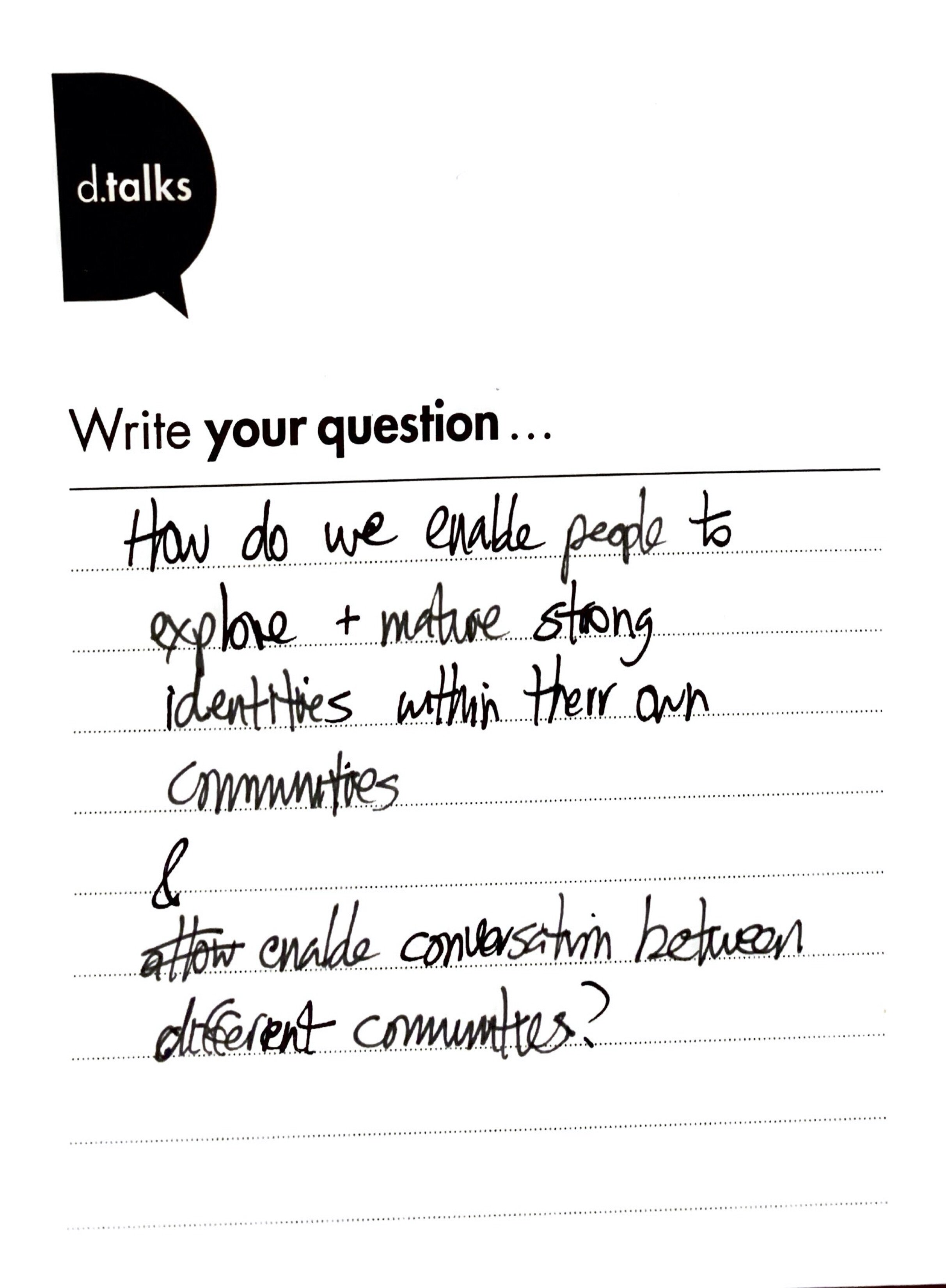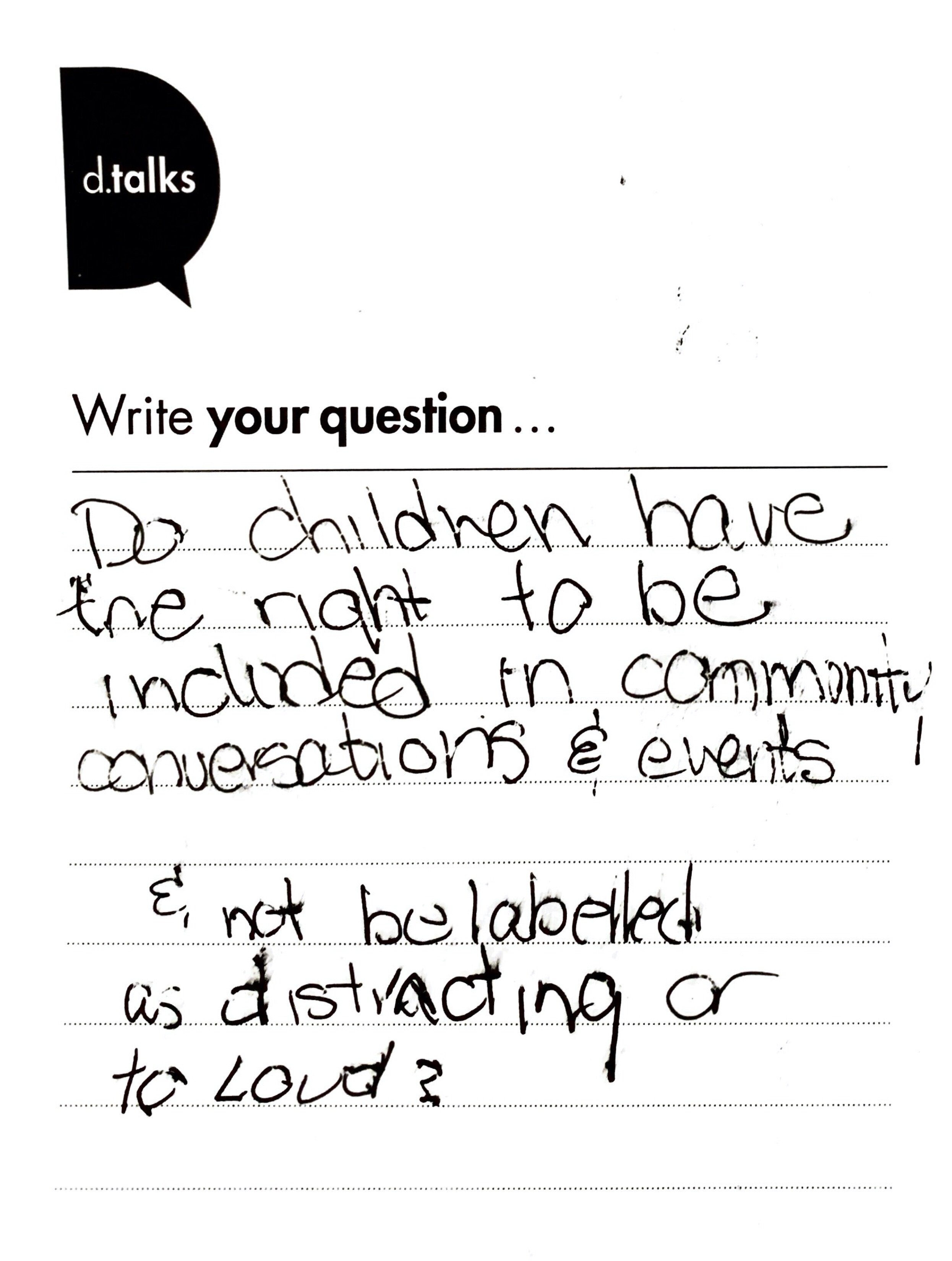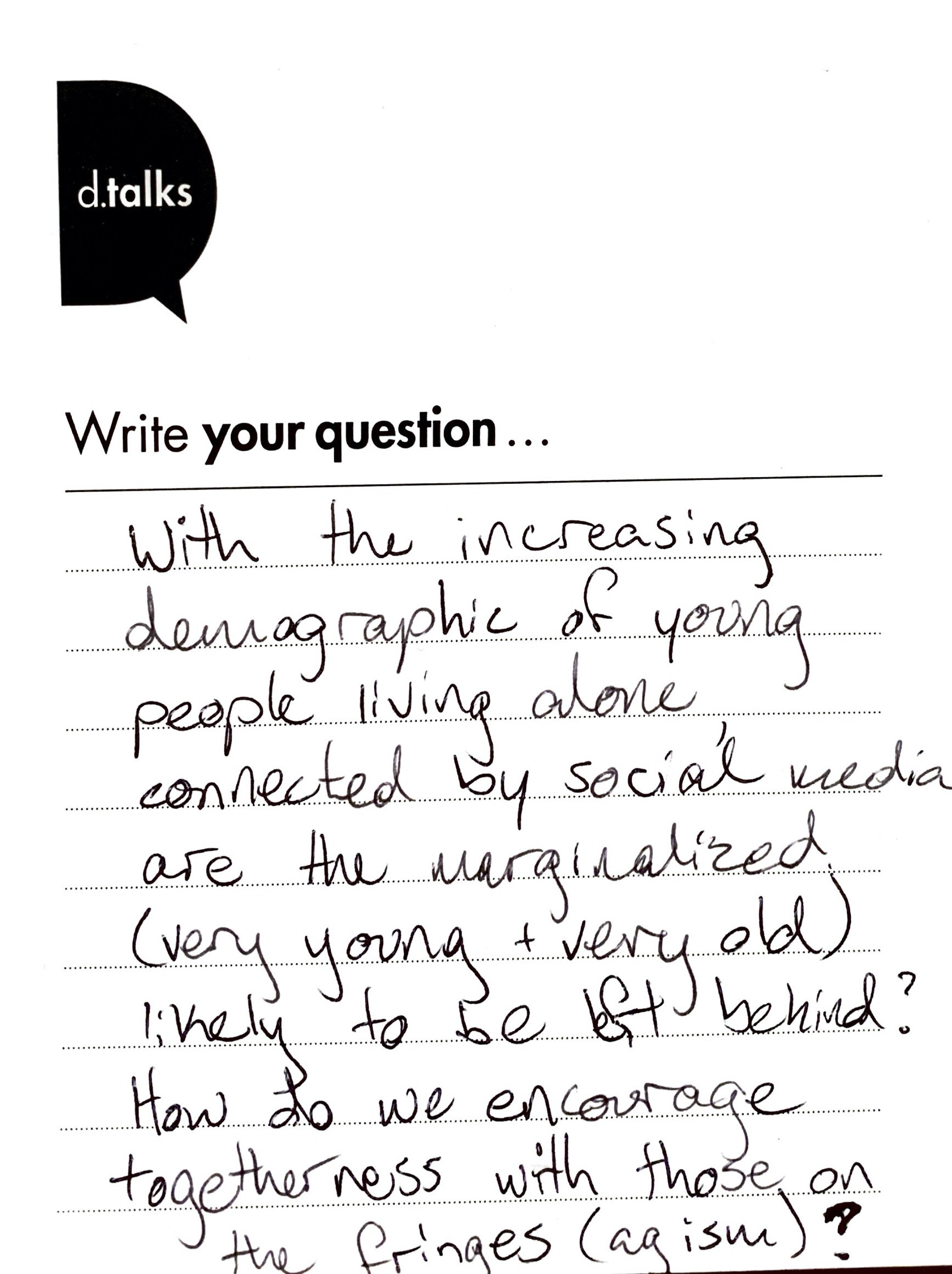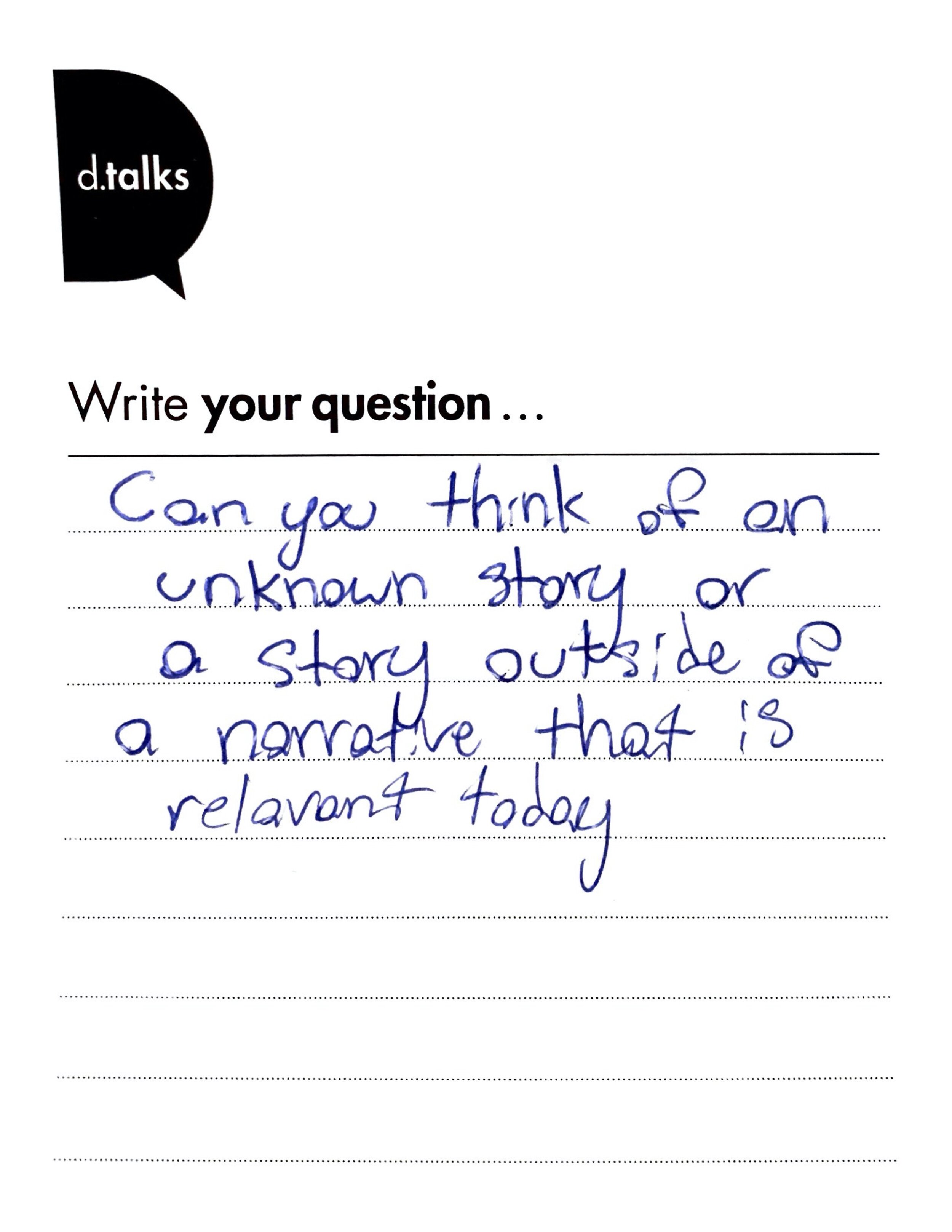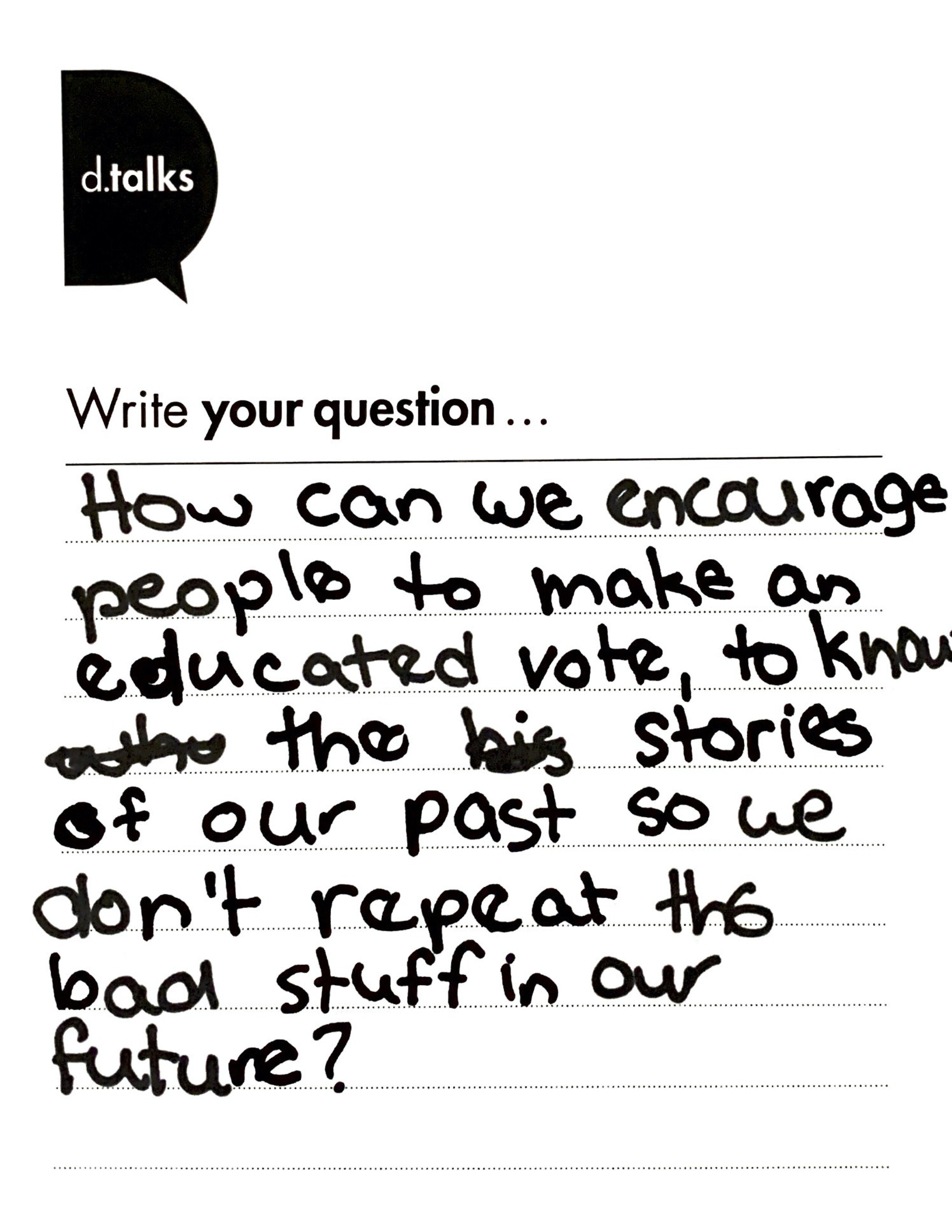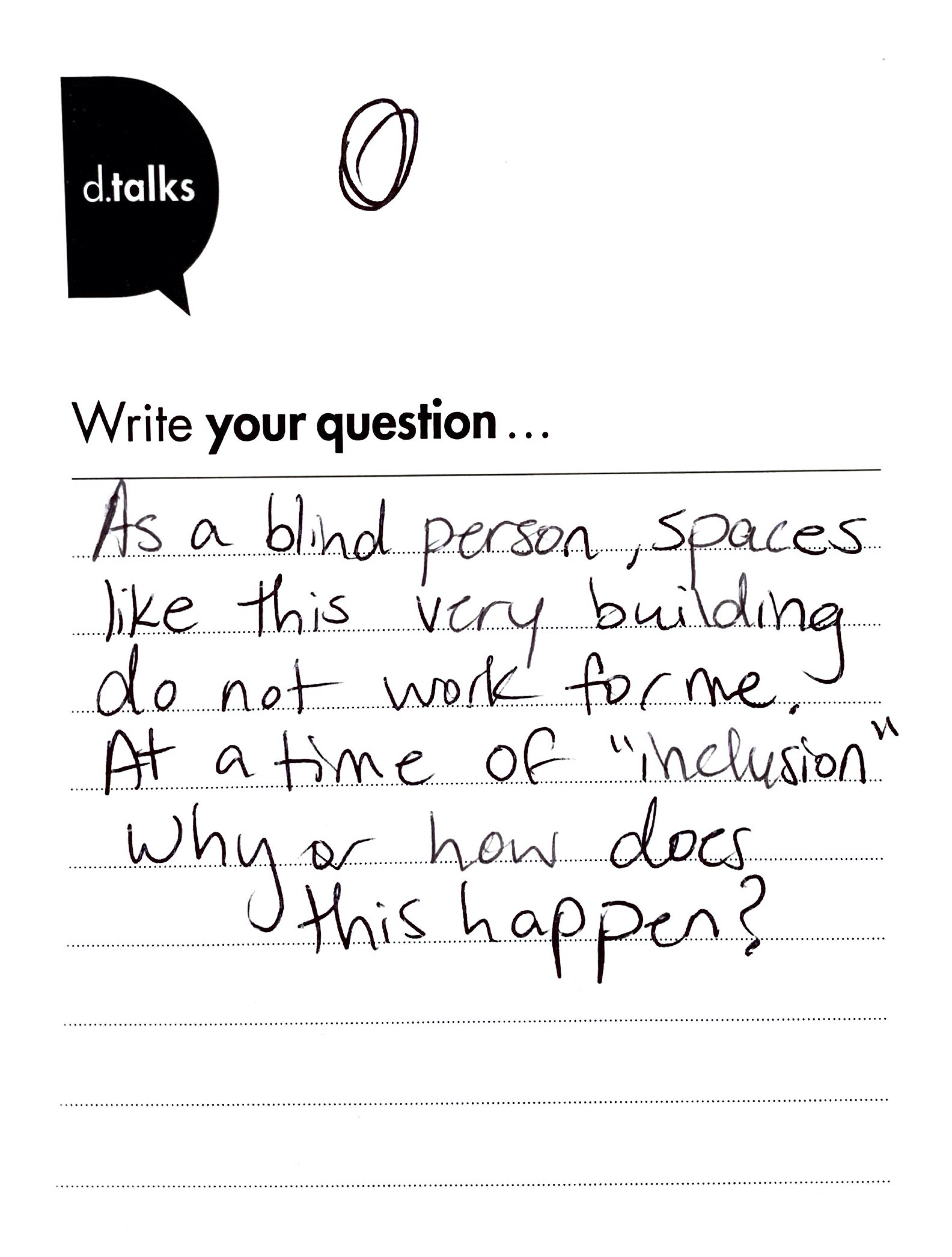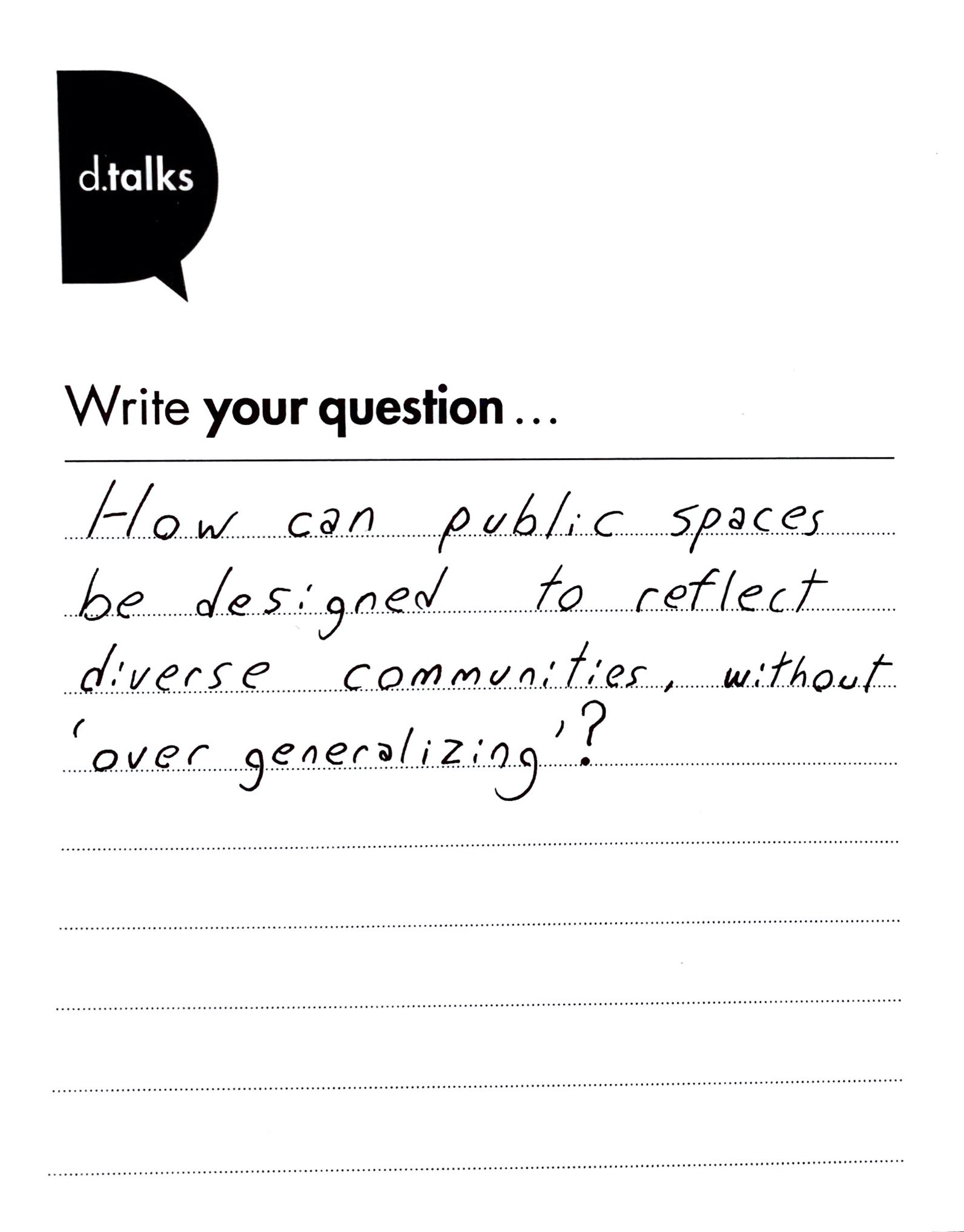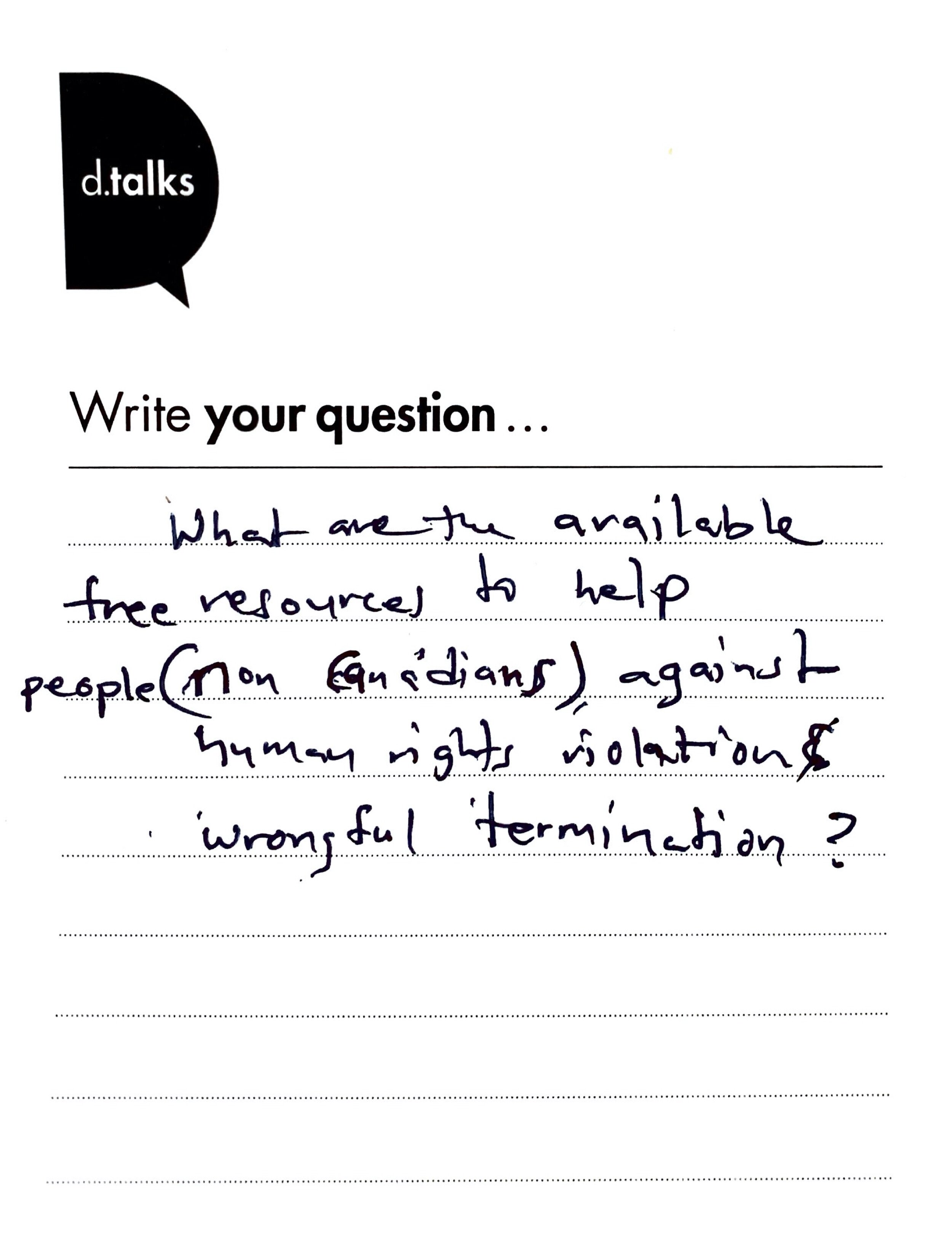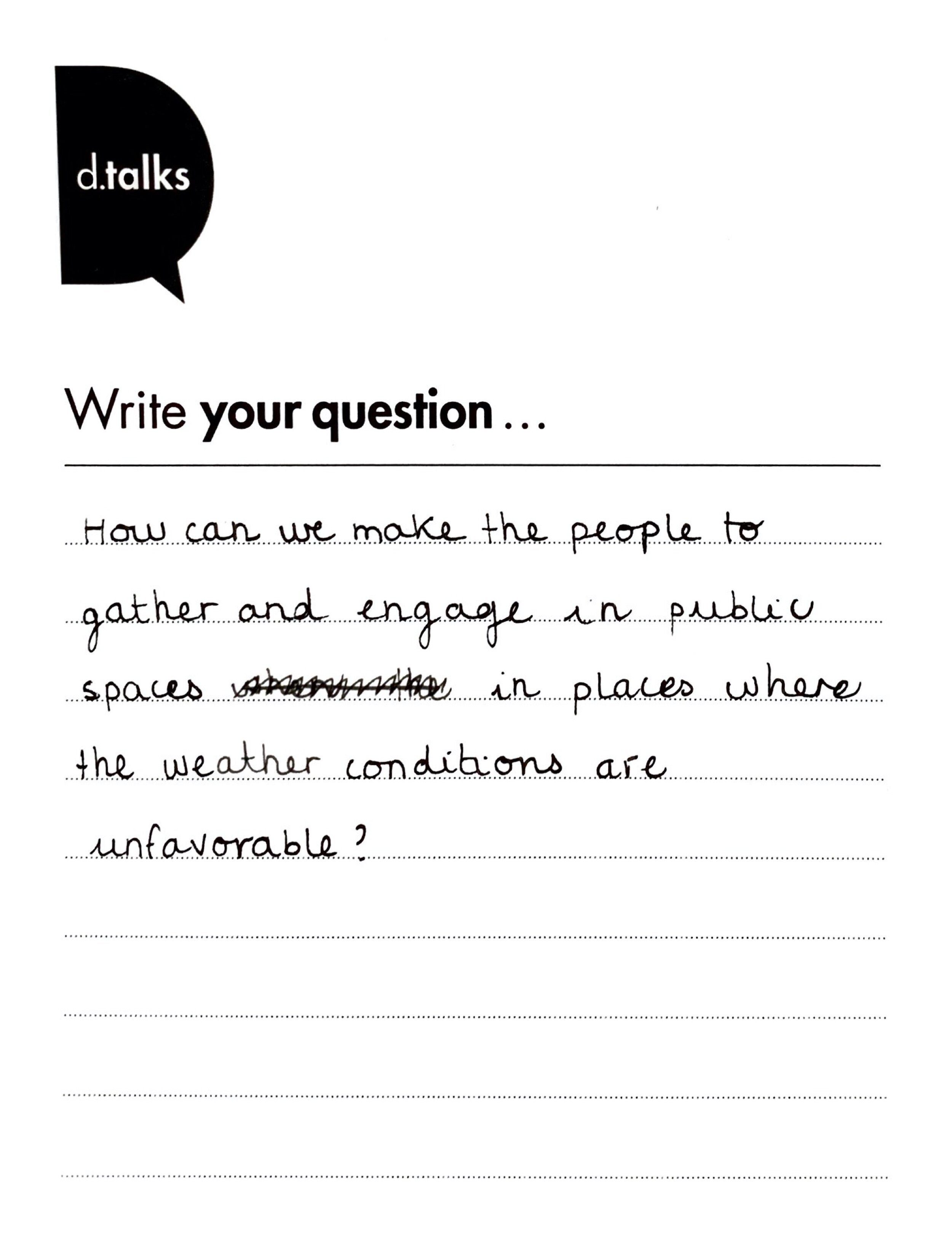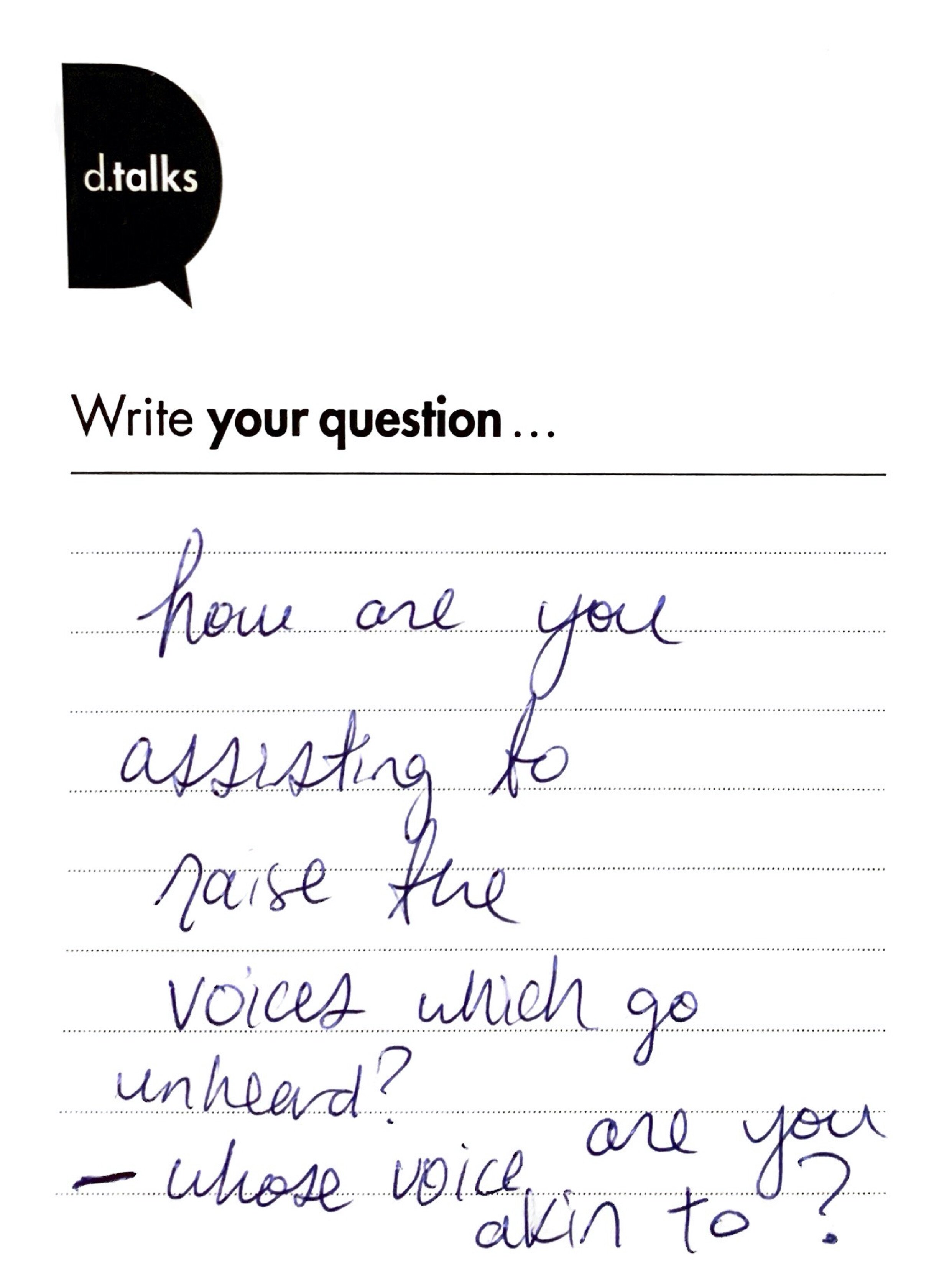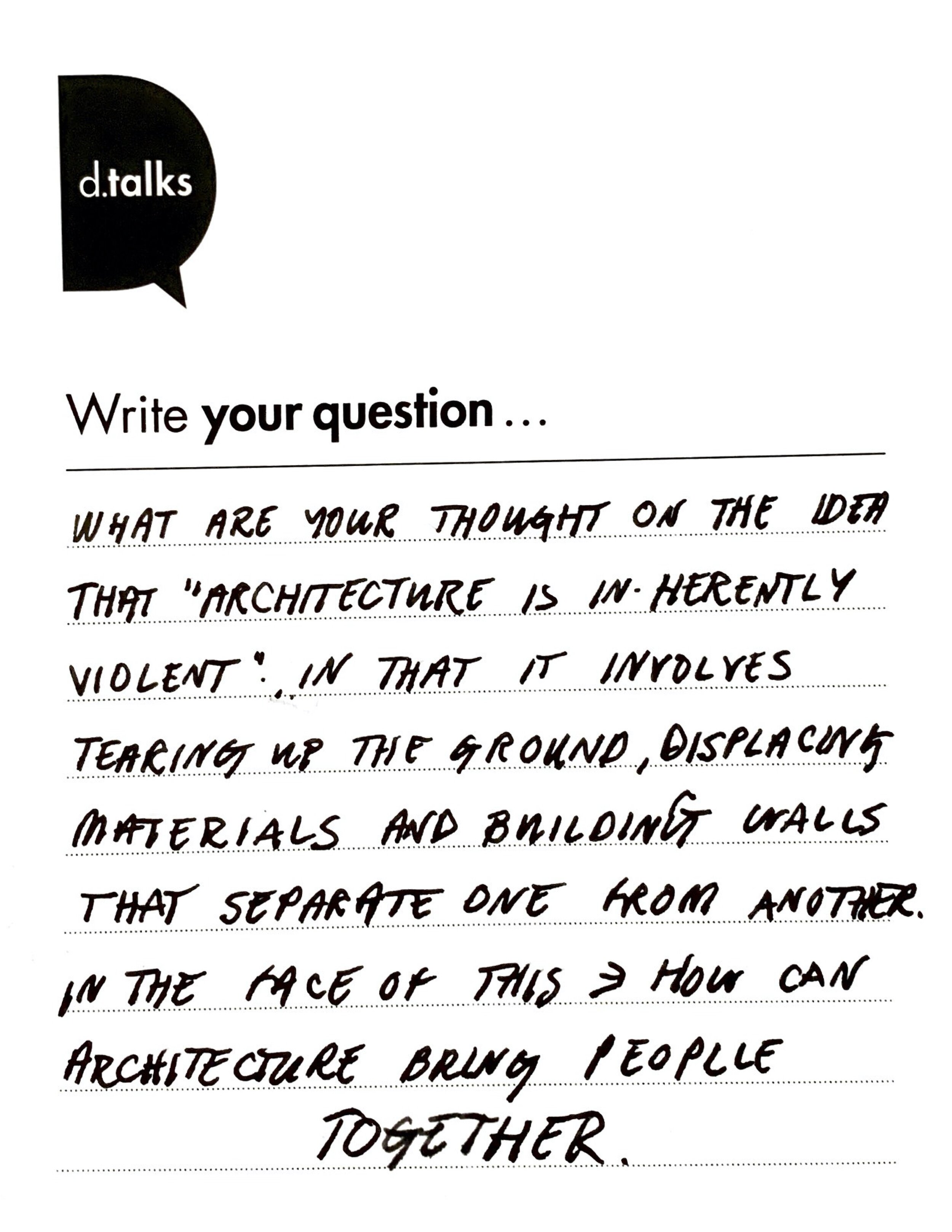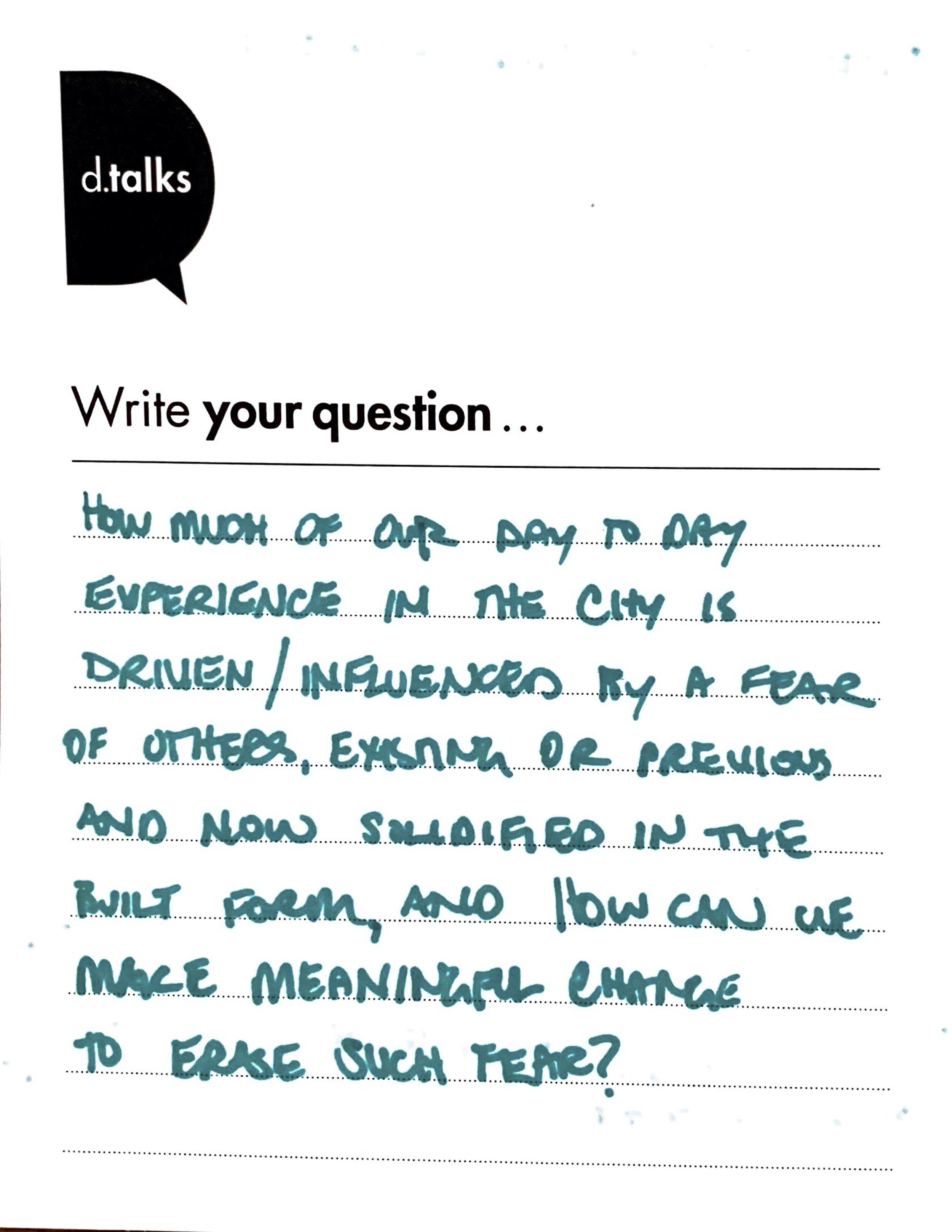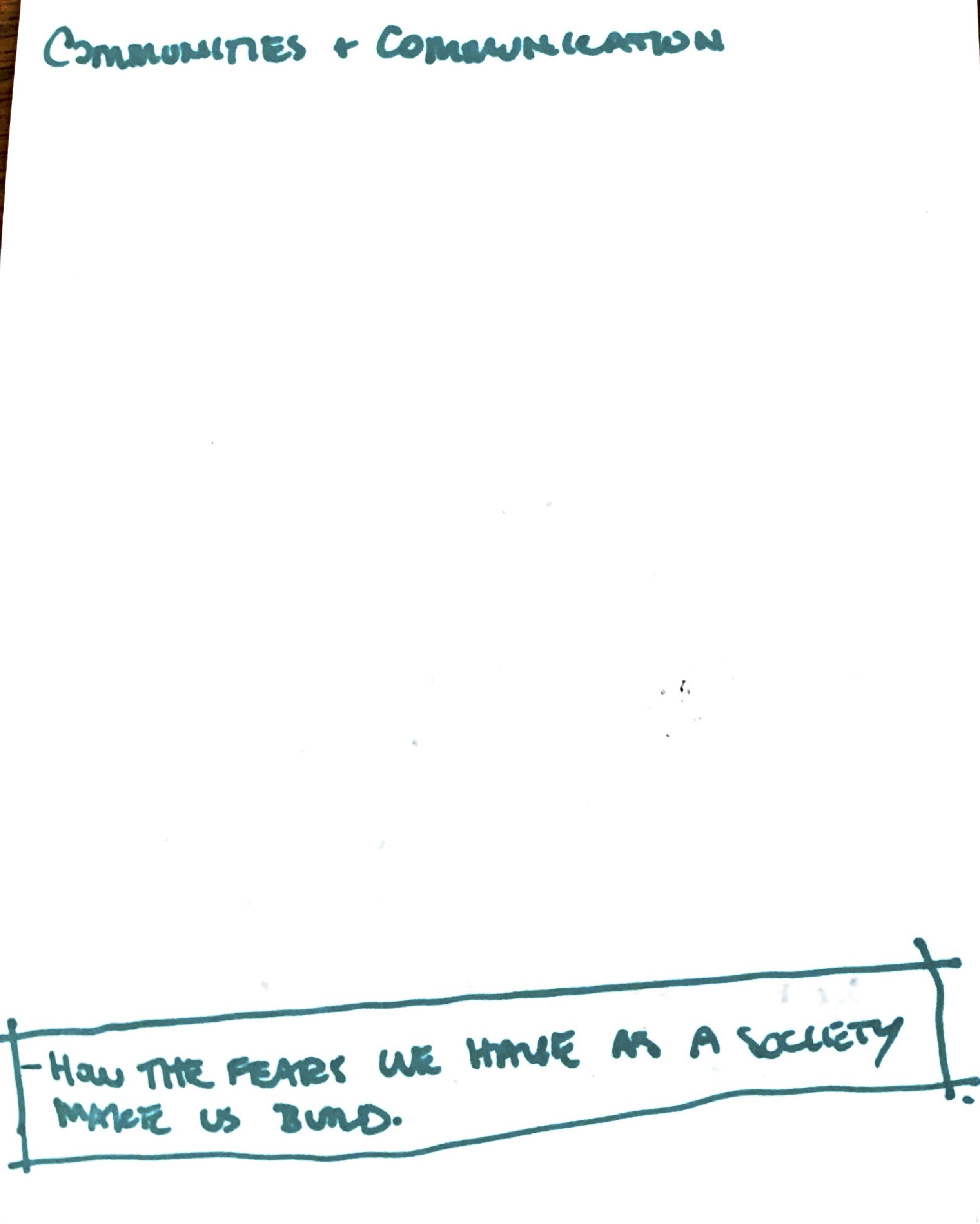Question:
We connect with our built environment through stories, most of which are passed down over time. When we design spaces that we call the public realm, we rely on the narratives and the lived experience of the city that we know. We design from a place that is familiar to us. But how do we know what we don’t know? How can we open up the design process, slightly?
Panelists:
Avnish Nanda founded the Edmonton-based boutique litigation firm, Nanda Law. He works on public law disputes around rights with First Nations, Inuit and Metis as well as considerations around land use planning and natural resource management. His work has brought him to appear before the Supreme Court of Canada as well as Provincial courts in Alberta, British Columbia and Ontario. Nanda has a long history in social justice issues. He co-founded and led the crowdfunding platform JusticeFundr to reduce financial barriers to access to justice. Committed to ensuring accessibility to the legal profession, he has stewarded the raising approximately $500,000 towards low income bursaries and a back-end debt relief program at Osgoode Hall Law School.
For Catherine Hamel, who was born in Beirut, Lebanon, the experience of extreme physical destruction, and rapid human adaptation due to the politics of the region is a personal given that translated into a professional curiosity. With no claims to answers, the tenuous bridge between the personal and the collective is one she continuously builds and dismantles. As an associate professor of architecture at the School of Architecture, Landscape and Planning at the University of Calgary, she is currently working with a team of students in a studio on re-settlement collaborations. This studio is looking at forced displacement—and possible roles of the built environment in mitigating adaptation.
Daryl “Dancing Buffalo” Kootenay is a young indigenous youth leader, artist and father. He is a role model to many Indigenous and non-Indigenous youth in his community and surrounding communities of the Stoney Nakoda Nation, Alberta. He is Stoney Nakoda through his mother’s heritage and is also from the Navajo Nation in New Mexico from his father’s heritage. Kootenay has been recognized for his local, national and international work by the Governor General of Canada and was awarded the Sovereign’s Medal for Volunteers at Rideau Hall, Ottawa. He is a faculty member at the Banff Centre for Indigenous Leadership, has co-founded the Nakoda Youth Council, and coordinated youth from the Stoney Nation to attend the Permanent Forum on Indigenous Issues at the United Nations Headquarters in New York City.
Despina Stratigakos is a Canadian-born architectural historian and writer. She serves as Vice Provost for Inclusive Excellence at the State University of New York at Buffalo and has written extensively on marginalized and alternative histories in architecture. She is the author of Where Are the Women Architects? (2016), a probing of equity issues through the pop culture power of Architect Barbie and Wikipedia digital disappearances. Her book, Hitler at Home, is an investigation of how the dictator remade his image through his domestic spaces. A Women’s Berlin: Building the Modern City is a portrait of a forgotten female metropolis in the early twentieth century. Published in 2008, this book was commended for its contribution to the understanding of women in design, recognized by the International Archive of Women in Architecture, and received a DAAD Book Prize by the German Studies Association.
Discussion:
At d.talks, we often say that a question is as important as an answer. Audience questions that ensued:
What does reconciliation mean to you? Can it still happen? Please share another story, on how to overcome fear. What makes for an inclusive space? In an age of what seems like massive polarization and differences, how can we come together and find common ground? What have you noticed that is improving “togetherness” in Calgary? And, what’s still holding us back?
Does a social norm really exist? If you could design cities for women today, what would you change/implement? What does it mean to reclaim space? How can architecture be more than building, how can architecture become a facilitator? How can we avoid the echo chamber: how can we listen better to those who don’t want to listen?
For those arriving early, they were treated to a tour of recent public art acquisitions at the Central Public Library. Thanks ever so much to Jared Tailfeathers for sharing your knowledge with us!
Event Support:
We’d like to thank Village Ice Cream, Lukes, Sidewalk Citizen, and the Calgary Public Library for helping to make this event possible. We’d also like to recognize the ongoing support of Calgary Arts Development and the Alberta Foundation for the Arts.
This event concludes our WriteOn 2019 workshop, a program that was supported by Canada Council for the Arts and the Rozsa Foundation. A call for the next workshop will be forthcoming, we’d love to have you involved.
Thanks to each d.talks volunteer, you keep us moving forward…




